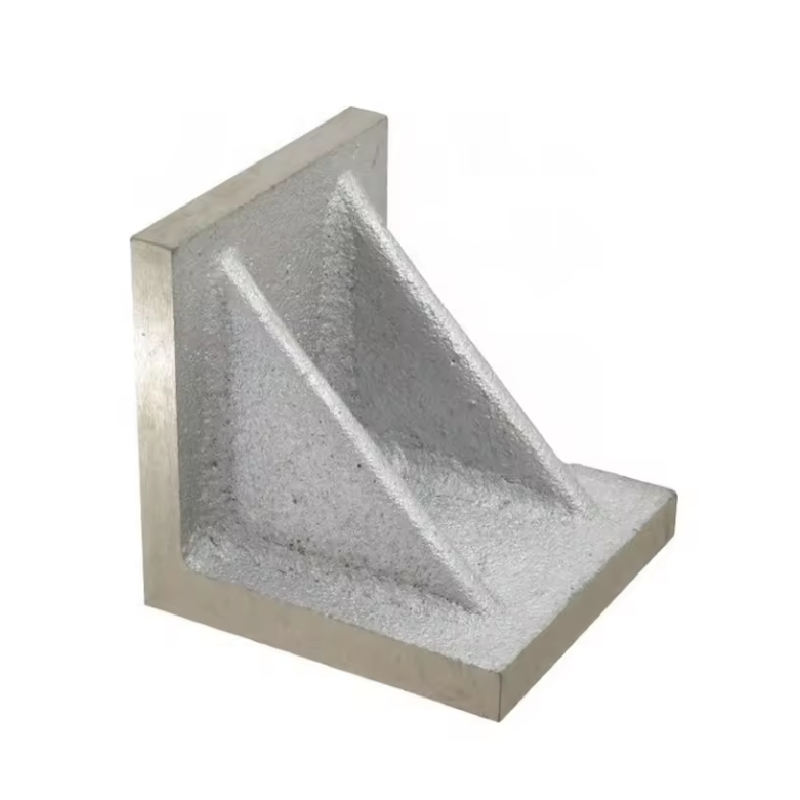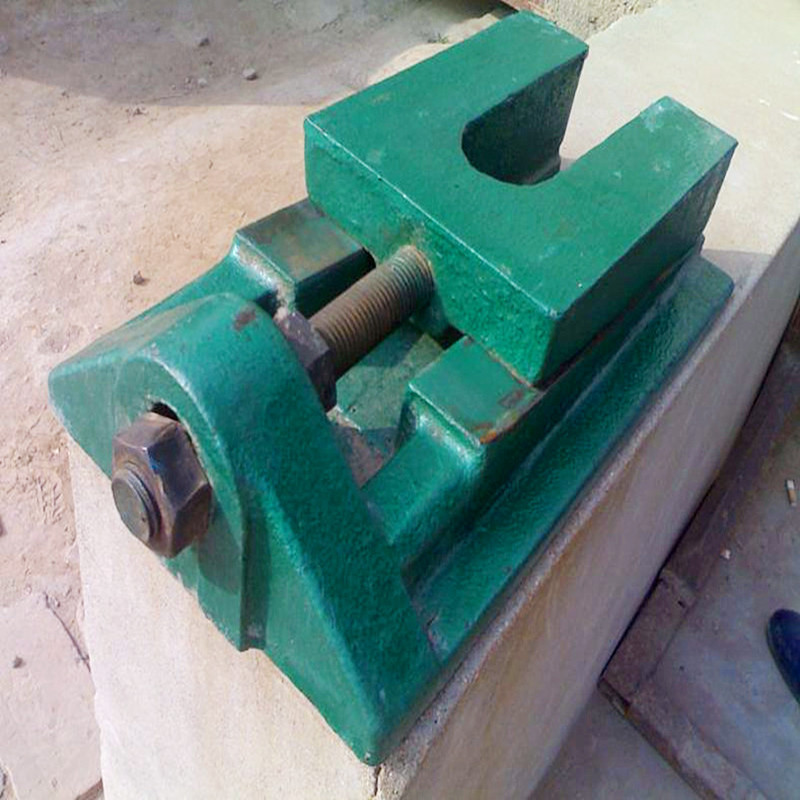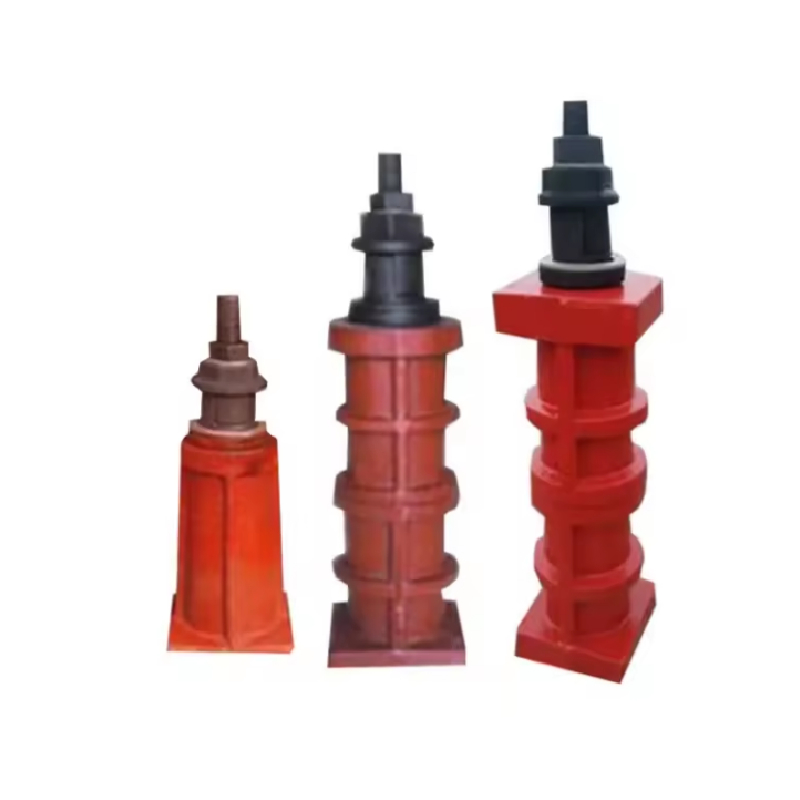جولای . 07, 2025 11:08 بازگشت به لیست
Enhancing the Performance of 1 1 2 Inch Check Valves
In fluid control systems, check valves are essential for preventing backflow and ensuring the unidirectional flow of media. 1 1 2 check valve, 1 1 2 inch check valve, and 1 1 4 check valve from Storaen (Cangzhou) International Trading Co. are crucial components in various applications.

1 1 2 Inch Check Valve Specifications Table
|
Parameter |
جزئیات |
|
Nominal Pressure |
1.0MPa - 1.6MPa - 2.5MPa |
|
Low Action Pressure |
≥0.02MPa |
|
Specification Caliber |
50 to 600mm |
|
Medium Temperature |
0 to 80 degrees |
|
Applicable Medium |
Clean water |
|
Connection Form |
Flange |
|
Shell Material |
Cast iron or brass |
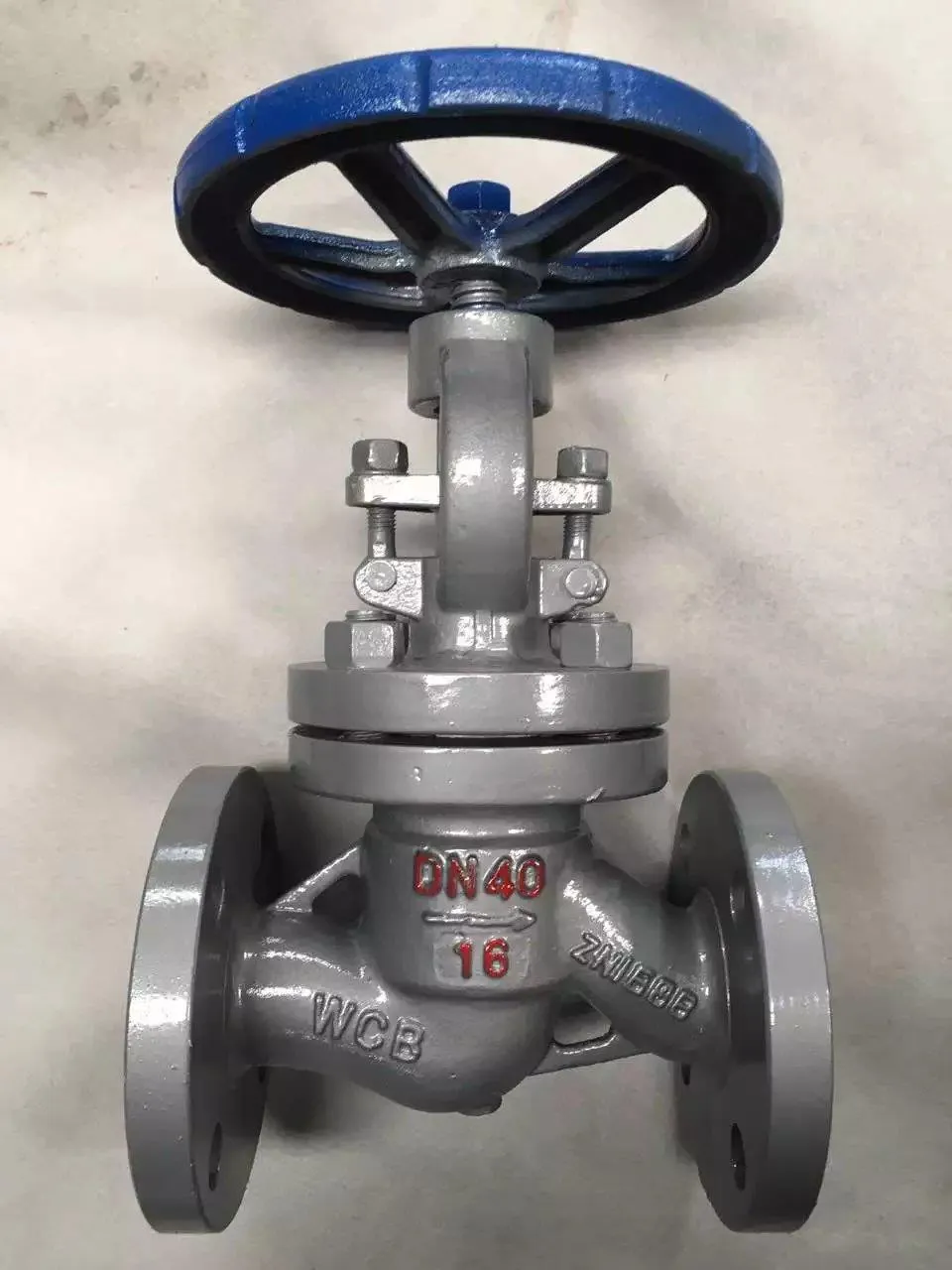
Understanding 1 1 2 Inch Check Valve
- The 1 1 2 inch check valve is a cornerstone in plumbing and industrial systems. Its 1 1/2 - inch caliber makes it an ideal choice for a wide array of applications involving clean water flow control. Storaen (Cangzhou) International Trading Co.'s 1 1 2 inch check valve is crafted with precision to meet stringent performance standards. The robust construction, featuring either a cast iron or brass shell, guarantees durability, allowing it to endure the rigors of regular use and resist wear and tear over time. With a nominal pressure range of 1.0MPa - 2.5MPa, it can adapt to different pressure conditions commonly encountered in fluid systems. The low action pressure of ≥0.02MPa ensures seamless operation even under relatively low - pressure scenarios, preventing issues like slow opening or failure to open that could disrupt the system's flow.
- Functionally, the 1 1 2 inch check valveoperates on a simple yet effective principle. When the forward flow pressure surpasses the low action pressure, the valve automatically opens, enabling the fluid to pass through unhindered. Once the forward flow pressure drops or reverses, the valve closes tightly, acting as a safeguard against backflow. This mechanism is vital for protecting downstream equipment, such as pumps and filters, from potential damage caused by reverse fluid flow. For instance, in a water supply system, if backflow occurs due to a power outage in a pump station, the check valve will prevent contaminated water from flowing back into the clean water supply, ensuring the safety and integrity of the entire system.
Key Features of 1 1 2 Check Valve
- The 1 1 2 check valvefrom Storaen (Cangzhou) International Trading Co. boasts a flange connection form, which is a significant advantage. This connection method offers a secure and leak - proof installation, ensuring a seamless integration with the pipeline system. It provides a stable and reliable connection that can withstand the pressure and vibrations within the system, minimizing the risk of leaks that could lead to fluid wastage or system inefficiencies. Moreover, the flange connection allows for easy installation and removal, which is highly beneficial during maintenance and replacement processes. Technicians can quickly access and service the valve without having to struggle with complex disassembly procedures, reducing downtime and maintenance costs.
- Another key feature is its compatibility with a medium temperature range of 0 to 80 degrees, making it suitable for diverse environments where clean water is the primary medium. Whether it's used in a cold - storage facility's water supply lines or in a warm - climate industrial process, the valve can maintain its performance. Additionally, the choice between cast iron and brass shell materials offers flexibility to meet different application needs. Cast iron is an excellent option for heavy - duty applications that require high strength and durability, such as in large - scale industrial pipelines. On the other hand, brass is favored in applications where corrosion resistance is a priority, like in water systems exposed to certain chemicals or in coastal areas where saltwater exposure might be a concern. It also provides a more aesthetically pleasing finish, which can be important in some commercial or residential plumbing installations.
Comparing 1 1 4 Check Valve and 1 1 2 Inch Check Valve
- One of the most noticeable differences between the 1 1 4 check valveand the 1 1 2 inch check valve lies in their caliber, which directly impacts their flow capacity. The 1 1/4 - inch diameter of the 1 1 4 check valve restricts the volume of fluid that can pass through compared to the 1 1/2 - inch 1 1 2 inch check valve. This makes the 1 1 4 check valve more suitable for applications where a lower flow rate is required, such as in small - scale plumbing systems for individual fixtures or in specific industrial processes with limited fluid demand. In contrast, the 1 1 2 inch check valve can handle a larger volume of fluid, making it ideal for main water supply lines in buildings or larger - scale industrial pipelines.
- While both valves from Storaen (Cangzhou) International Trading Co. share similarities in connection form (flange), applicable medium (clean water), and nominal pressure range, there are still other factors to consider when choosing between them. For example, pressure drop across the valve can vary depending on the size. A smaller - sized 1 1 4 check valvemay experience a higher pressure drop for the same flow rate compared to the 1 1 2 inch check valve, which could impact the overall efficiency of the fluid system. Additionally, the pipeline layout and available space can influence the decision. In tight spaces or complex pipeline configurations, the smaller 1 1 4 check valve might be a more practical choice, whereas in open and larger - scale setups, the 1 1 2 inch check valve can be installed more conveniently without space constraints.
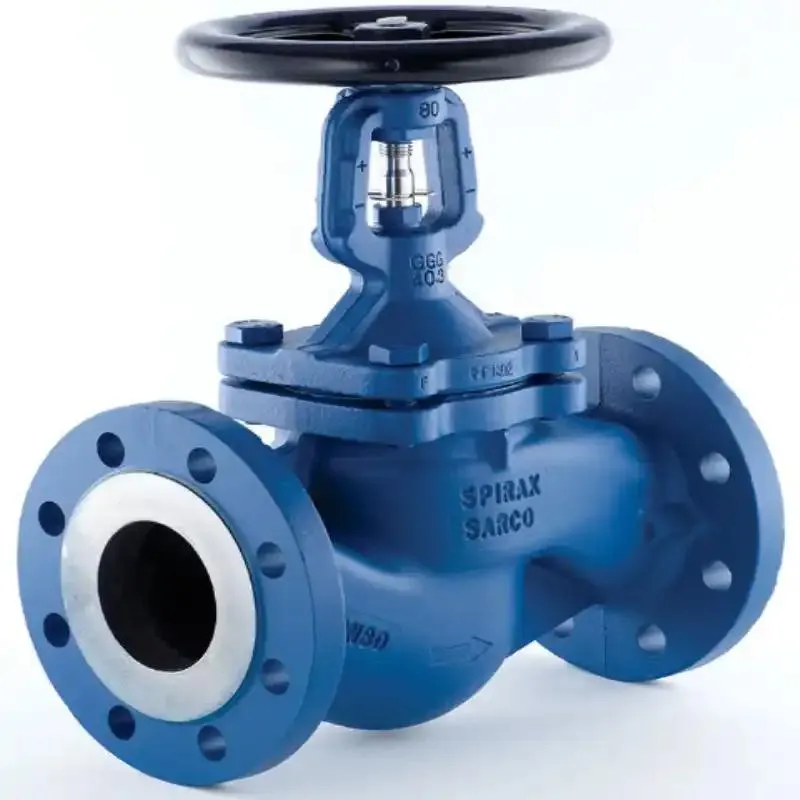
1 1 2 Inch Check Valve FAQS
How does the nominal pressure affect the performance of a 1 1 2 inch check valve?
The nominal pressure of a 1 1 2 inch check valve from Storaen (Cangzhou) International Trading Co. defines the maximum pressure the valve can safely endure without risking damage or failure. When the system pressure exceeds this nominal pressure, the valve may experience structural deformation, leaks, or even complete breakdown. For example, in a high - pressure water distribution system, using a check valve with a nominal pressure of 1.0MPa when the actual system pressure reaches 1.6MPa can cause the valve's seals to fail, leading to water leakage. Selecting a valve with an appropriate nominal pressure that matches or exceeds the system's maximum operating pressure is crucial for ensuring reliable operation and protecting the integrity of the entire fluid system.
What are the advantages of a flange - connected 1 1 2 check valve?
A flange - connected 1 1 2 check valve offers multiple advantages. Firstly, it provides a highly secure and leak - proof connection to the pipeline. The flange connection distributes the pressure evenly around the valve, creating a tight seal that minimizes the risk of fluid leakage. This is especially important in systems where fluid loss could lead to inefficiencies, environmental hazards, or safety issues. Secondly, it allows for easy installation and maintenance. Technicians can quickly assemble and disassemble the valve by simply removing or tightening the bolts, reducing the time and effort required for installation and repair work. This ease of access also simplifies the process of replacing the valve or performing routine inspections, contributing to overall cost savings and improved system uptime.
When should I choose a 1 1 4 check valve over a 1 1 2 inch check valve?
You should choose a 1 1 4 check valve over a 1 1 2 inch check valve in several scenarios. When your fluid control system requires a lower flow capacity, such as in a small - scale plumbing setup for a single bathroom or a specific piece of laboratory equipment with limited fluid demand, the smaller 1 1/4 - inch valve is more appropriate. Additionally, if the pipeline diameter and layout are designed to accommodate a 1 1/4 - inch valve, or if space is a constraint and a smaller - sized valve is needed to fit into a tight area, the 1 1 4 check valve would be the better choice. However, for main water supply lines in buildings, large - scale industrial processes with high - volume fluid flow, or systems where minimizing pressure drop is crucial, the 1 1 2 inch check valve is generally more suitable.
How can I prevent corrosion of the 1 1 2 inch check valve?
To prevent corrosion of the 1 1 2 inch check valve, several measures can be taken. First, select the right shell material based on the application environment. As mentioned, brass is a great option for environments prone to corrosion, such as near the sea or in areas with high humidity and exposure to certain chemicals. Second, perform regular maintenance, including cleaning the valve to remove any contaminants that could accelerate corrosion, such as dirt, salt deposits, or chemical residues. Applying a protective coating or paint specifically designed for corrosion prevention can also add an extra layer of protection. Finally, ensure that the valve is installed in a well - ventilated area and avoid exposing it to unnecessary moisture or corrosive substances as much as possible. If the valve is in a system that uses treated water, make sure the water treatment process effectively controls for substances that could cause corrosion.
What is the significance of the low action pressure in a 1 1 2 inch check valve?
The low action pressure of a 1 1 2 inch check valve is of great significance as it determines the minimum forward flow pressure required to open the valve. If the system's forward flow pressure is below this value, the valve may not open fully or at all, resulting in restricted flow and potential inefficiencies in the fluid system.
-
thread-plug-gauge-our-promise-of-measurement-excellenceاخبارAug.22,2025
-
gauge-pin-class-reflecting-quality-legacyاخبارAug.22,2025
-
check-valve-types-for-high-rise-buildingsاخبارAug.22,2025
-
water-control-valve-for-irrigation-systemsاخبارAug.22,2025
-
gate-valve-with-soft-seal-technologyاخبارAug.22,2025
-
y-type-strainer-for-oil-and-gas-applicationsاخبارAug.22,2025
محصولات مرتبط




